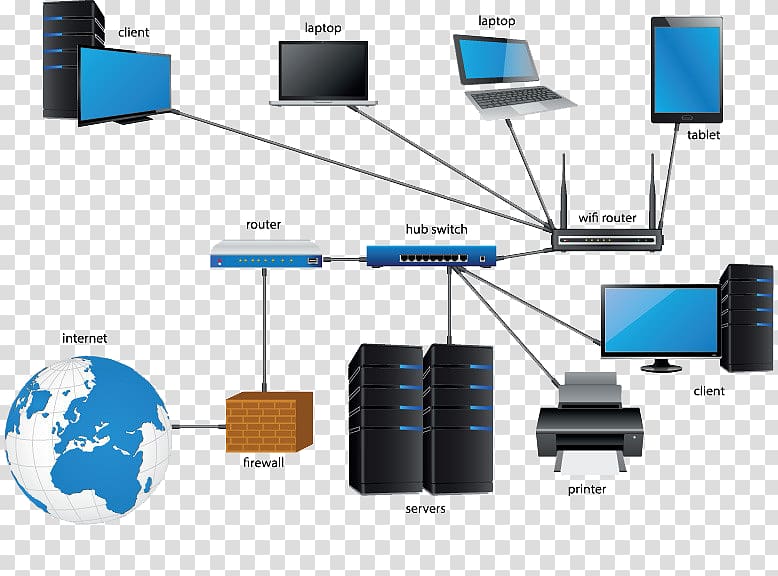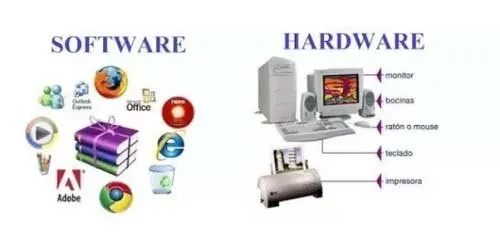
In today’s digital age, computer networking has become an integral part of our lives. From browsing the internet to sending emails and sharing files, we rely on computer networks daily. But what exactly is computer networking, and how does it work? In this comprehensive guide, we will delve into the basics of computer networking, unraveling the intricate web of interconnected devices and data transfer protocols that keep us connected in the digital world.
Introduction
Computer networking is the practice of connecting computers and other devices to share resources and information. Whether it’s a small home network or a global internet infrastructure, computer networking enables communication and data exchange between devices. In this article, we will explore the fundamental concepts of computer networking, starting with the basics.
What is Computer Networking?
At its core, computer networking involves the interconnection of devices, such as computers, servers, routers, and switches, to facilitate data exchange. It allows these devices to communicate with each other, share information, and access shared resources like printers and internet connections.
Types of Computer Networks
Local Area Network (LAN)
LANs are small-scale networks typically confined to a single location, such as a home, office, or school. They are used for local data sharing and often connect devices within close proximity.
Wide Area Network (WAN)
WANs cover larger geographical areas and connect LANs across cities, countries, or even continents. The internet itself is a prime example of a global WAN.
Wireless Local Area Network (WLAN)
WLANs, commonly known as Wi-Fi networks, use wireless technology to connect devices within a limited area. They are prevalent in homes, coffee shops, and airports.
Metropolitan Area Network (MAN)
MANs span a city or a metropolitan area and provide high-speed data connectivity to organizations within that region.
Key Components of a Computer Network
To understand computer networking better, let’s examine its essential components:
Network Devices
Network devices include routers, switches, modems, and access points. Routers direct data traffic between devices, while switches enable communication between devices within a network.
Network Cables
Ethernet cables, fiber-optic cables, and coaxial cables are used to physically connect devices in a network.
Network Protocols
Protocols are the rules that govern data transmission over a network. Common protocols include TCP/IP, HTTP, and FTP.
How Data Travels in a Network
When you send an email or request a web page, your data is broken into packets, which travel through the network using the most efficient path.
The Role of Routers and Switches
Routers determine the best path for data packets to reach their destination, while switches ensure that data is sent only to the intended recipient.
IP Addresses and Subnetting
IP addresses are unique identifiers for devices in a network. Subnetting allows for efficient IP address allocation within a network.
Domain Name System (DNS)
DNS translates human-readable domain names into IP addresses, making it easier to access websites.
Network Security
Protecting networks from threats is paramount. Firewalls, encryption, and IDS help safeguard data and devices.
Networking Topologies
The way devices are interconnected in a network is called its topology. Common topologies include the star, bus, and ring topologies.
Wireless Networking
Wi-Fi has revolutionized networking, but it also comes with security concerns. We’ll explore Wi-Fi standards and security measures.
Internet and World Wide Web
We’ll delve into how the internet connects the world and the role of web servers and browsers in accessing information.
Cloud Computing and Networking
Cloud computing relies heavily on networks to deliver services. We’ll discuss how networks support cloud infrastructure.
Future Trends in Computer Networking
From 5G and the Internet of Things (IoT) to software-defined networking (SDN), we’ll look at upcoming trends.
Conclusion
In this article, we’ve demystified the basics of computer networking. Understanding these fundamental concepts is crucial in today’s interconnected world. As technology continues to advance, staying informed about networking is essential for both individuals and businesses.

